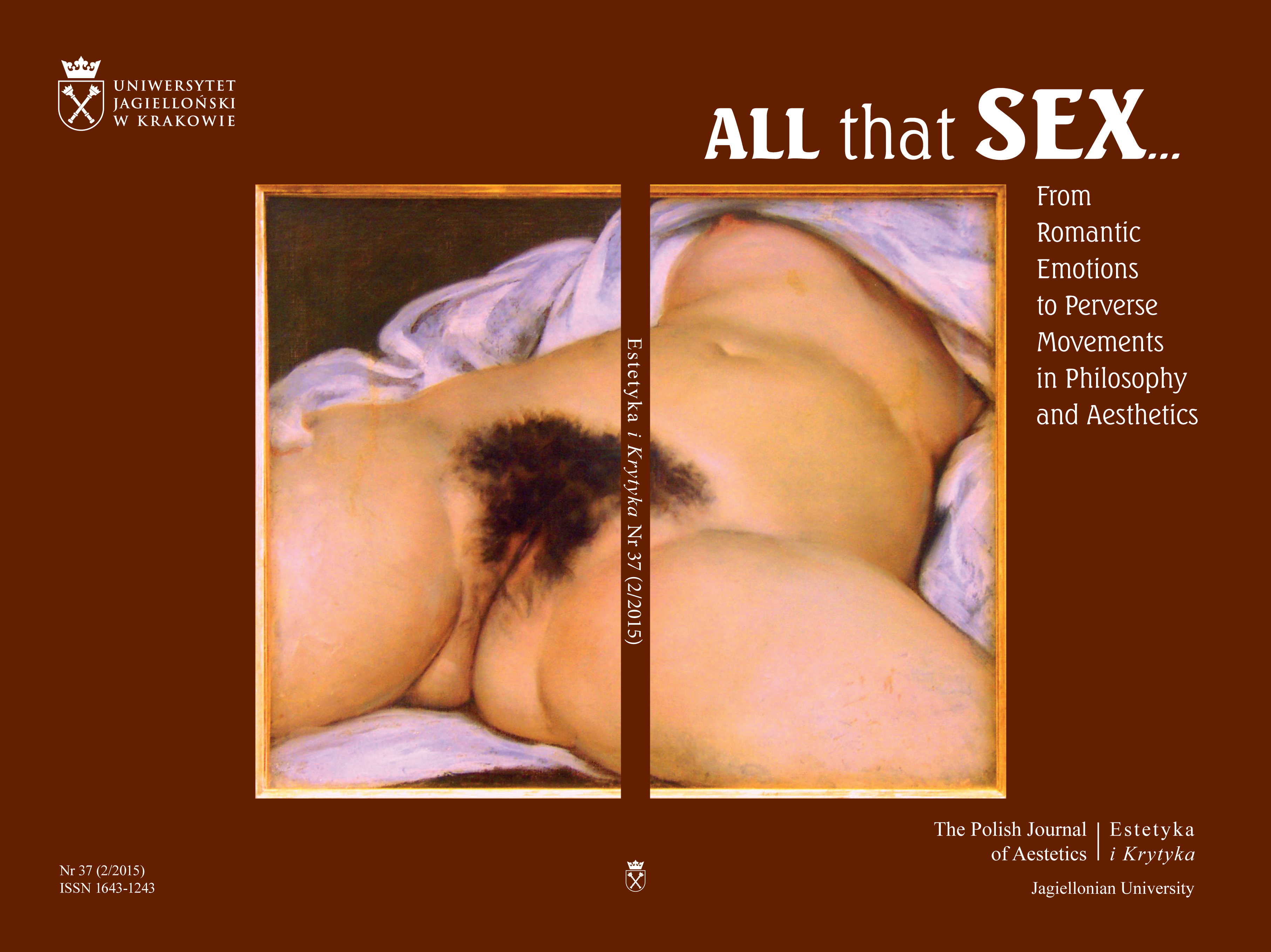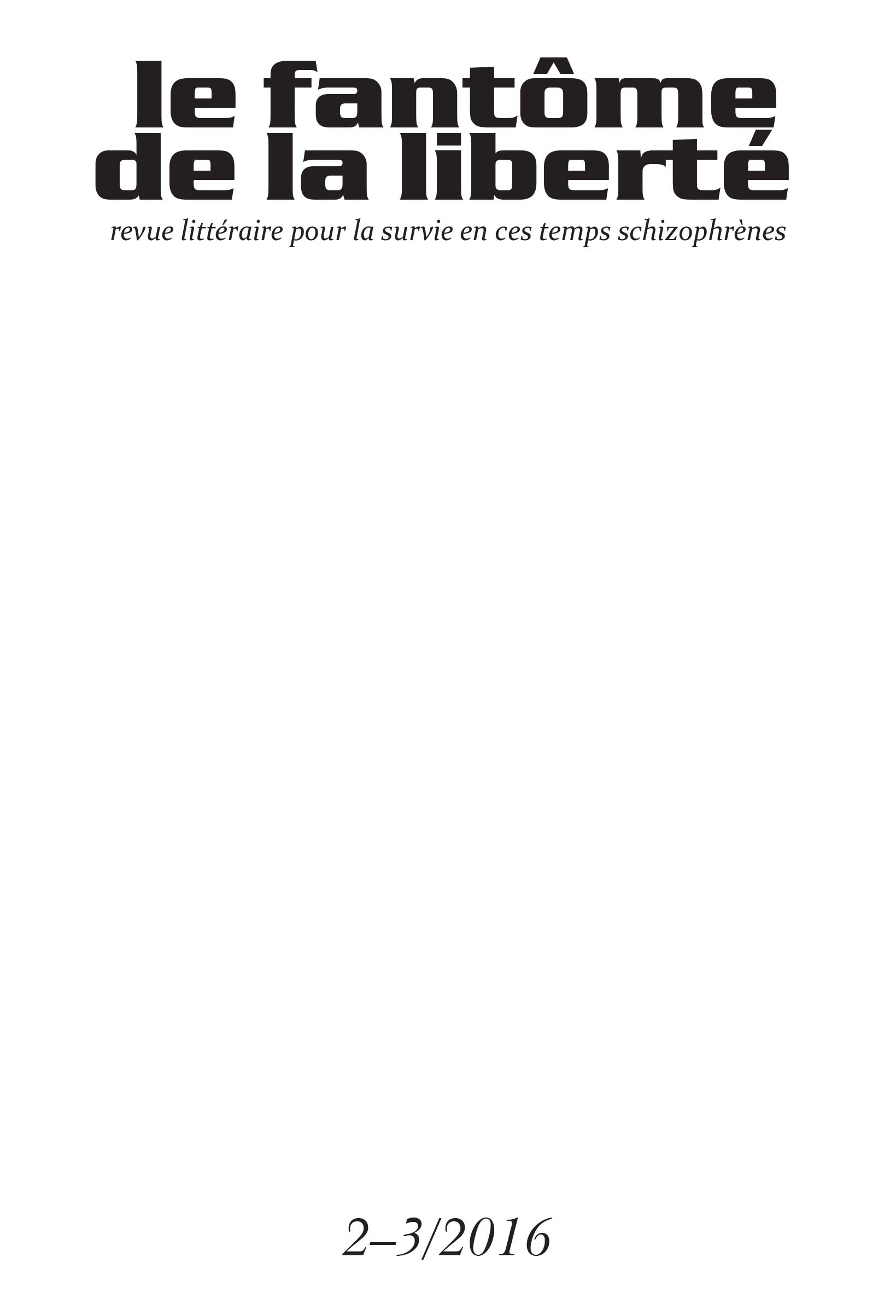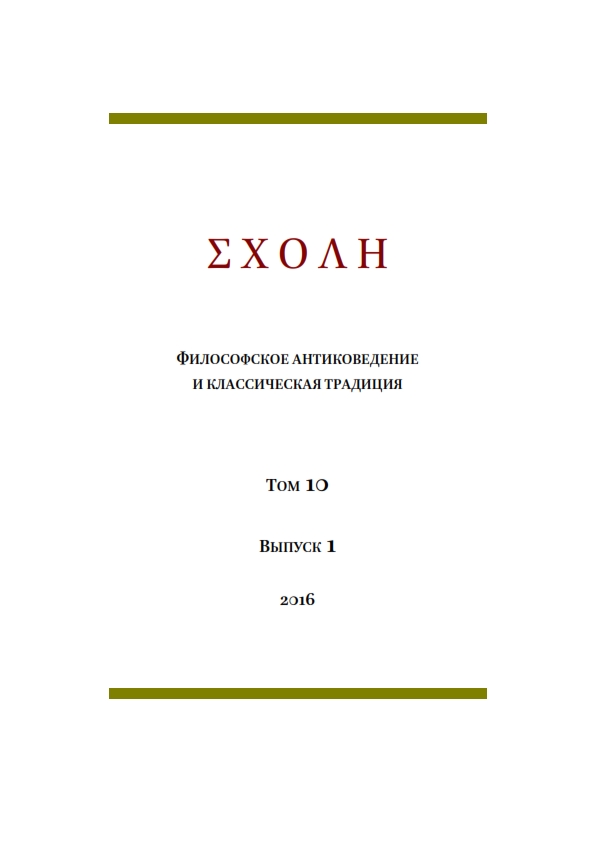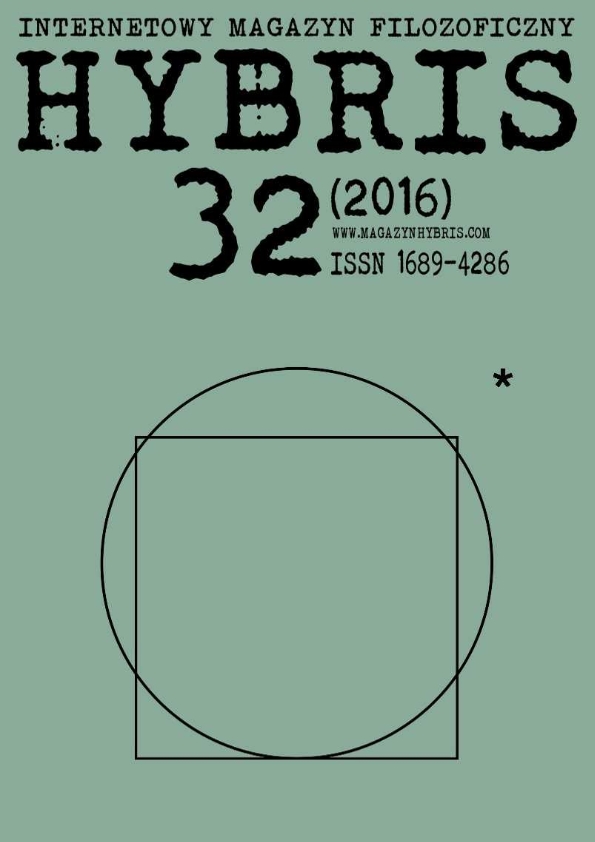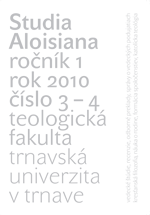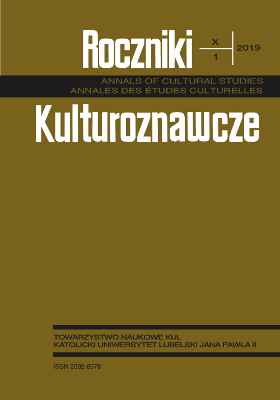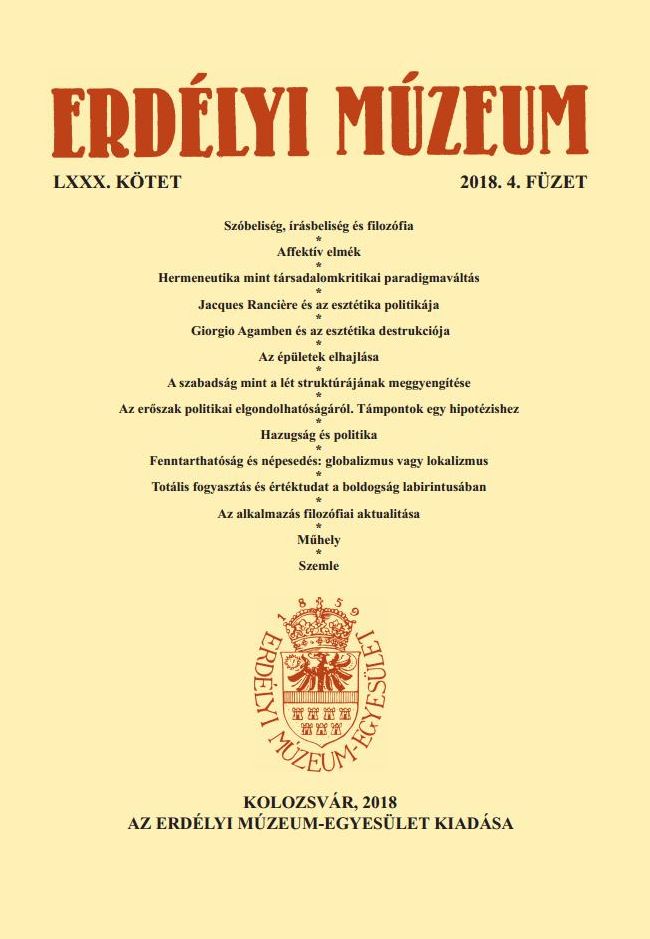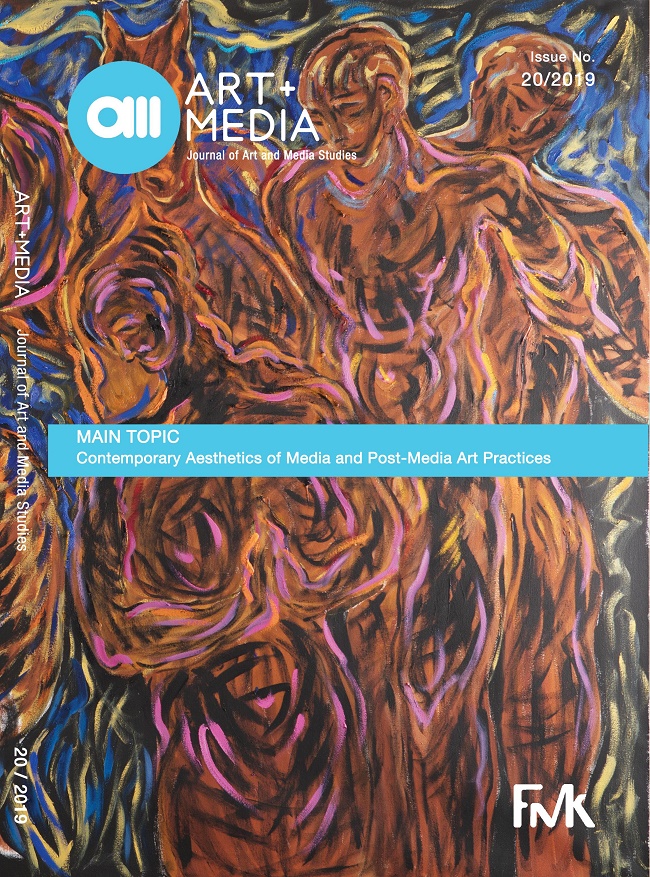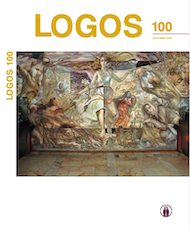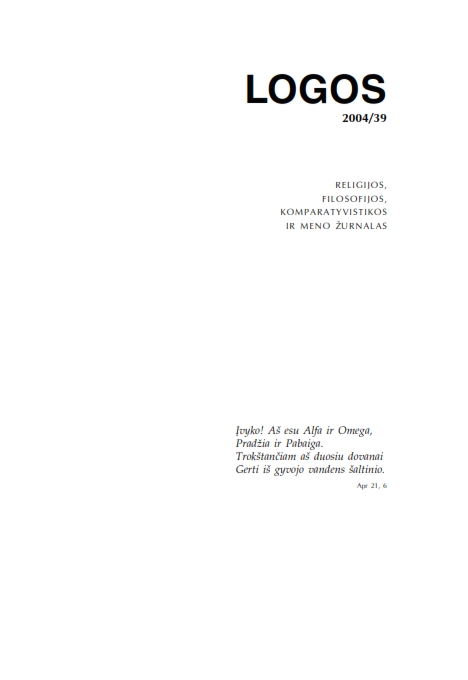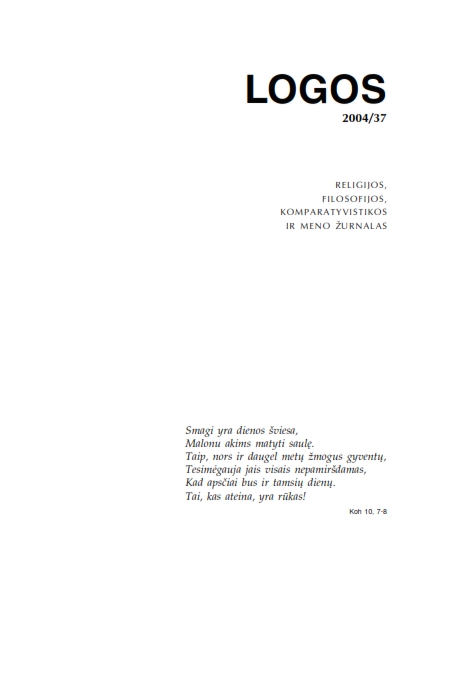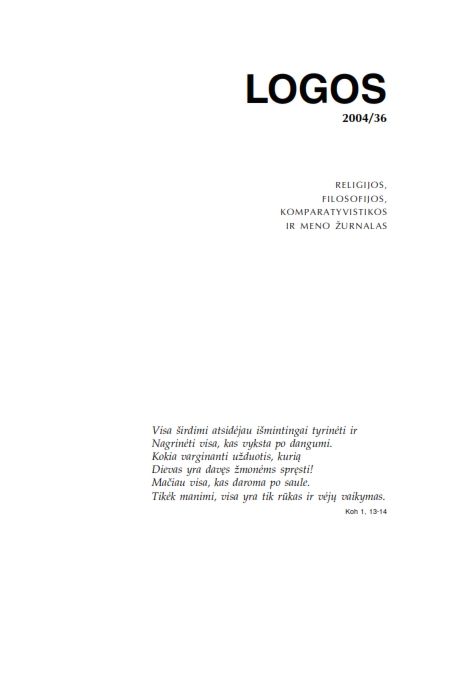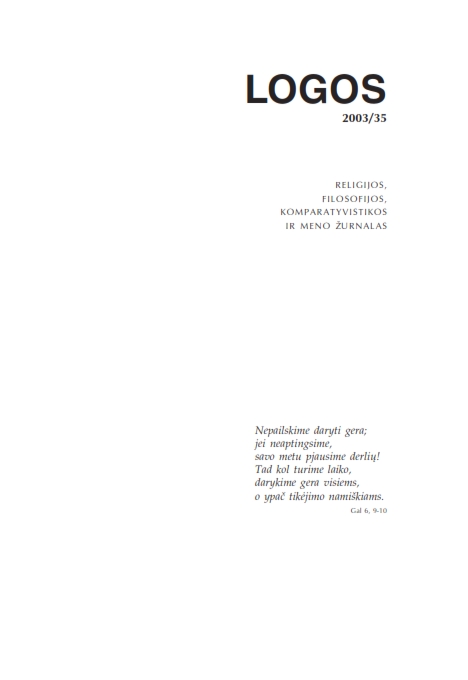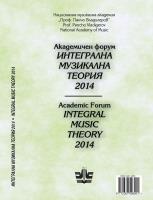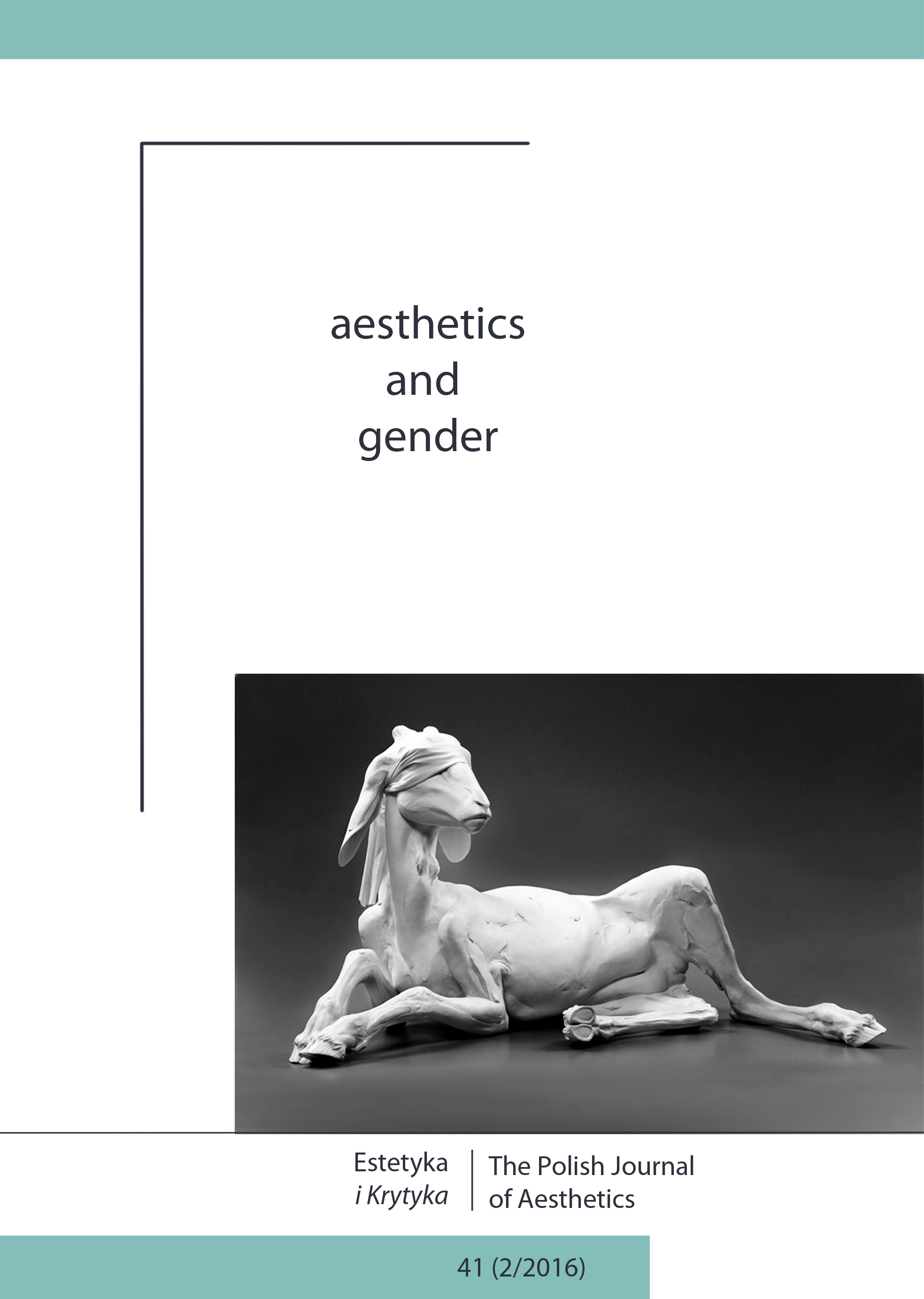
What’s Wrong with the (White) Female Nude?
In “What’s Wrong with the (Female) Nude?” A. W. Eaton argues that the female nude in Western art promotes sexually objectifying, heteronormative erotic taste, and thereby has insidious effects on gender equality. In this response, I reject the claim that sexual objectification is a phenomenon that can be generalized across the experiences of all women. In particular, I argue that Eaton’s thesis is based on the experiences of women who are white, and does not pay adequate attention to the lives of nonwhite women. This act of exclusion undermines the generality of Eaton’s thesis, and exposes a more general bias in discussions of female representations in art. Different kinds of bodies have been subjected to different kinds of objectifying construal, and the ethics of nudity in art must be extended to take such variation into account.
More...
